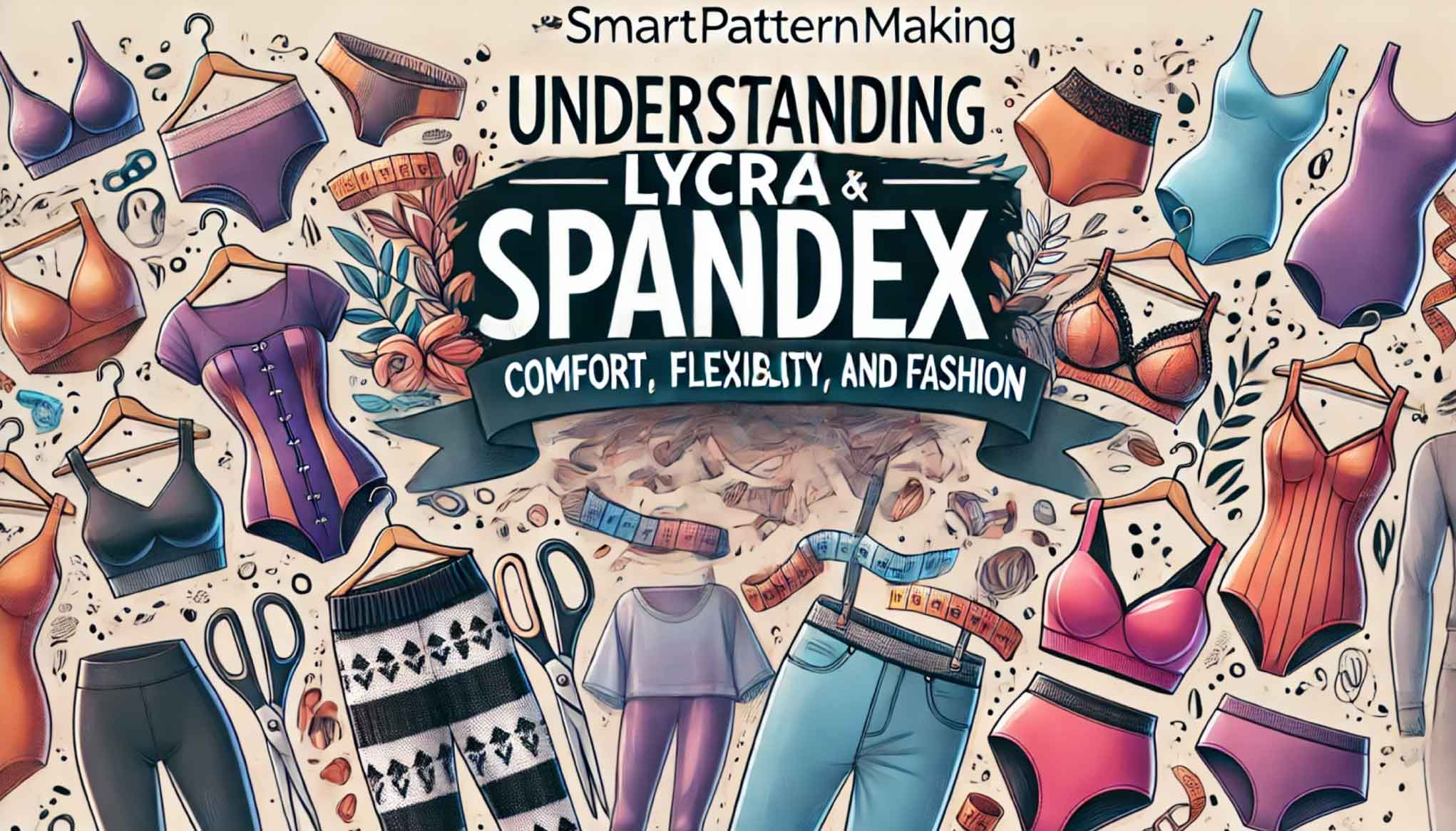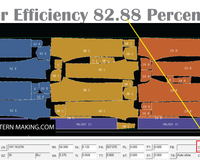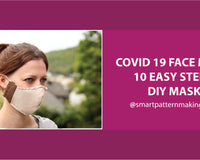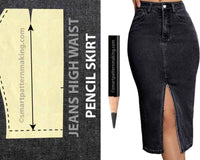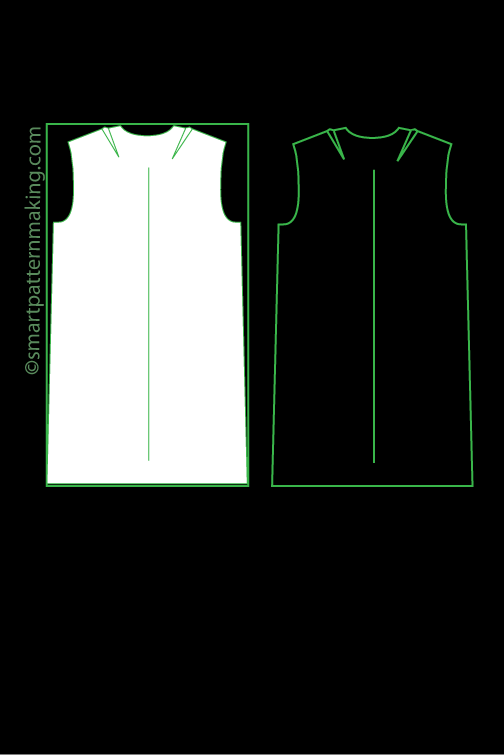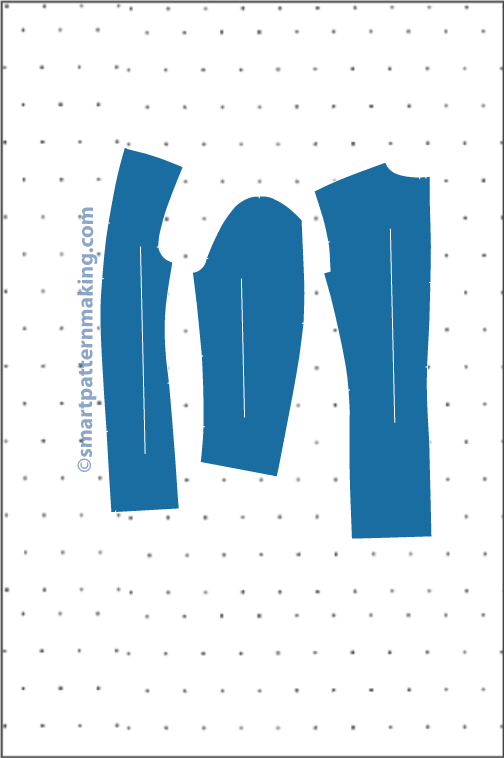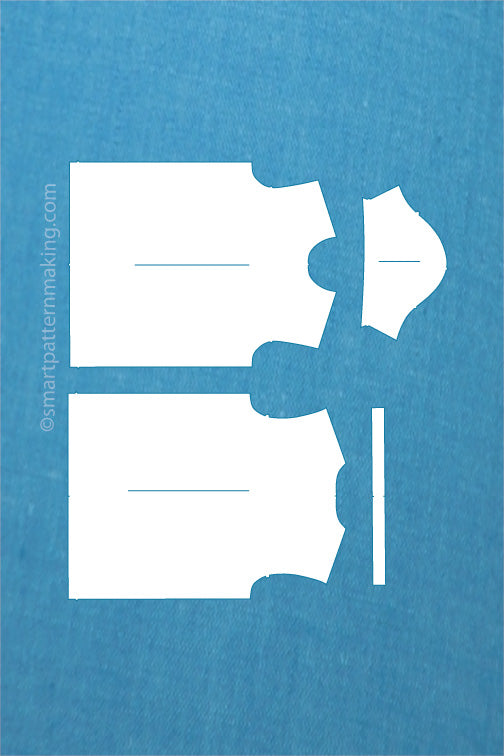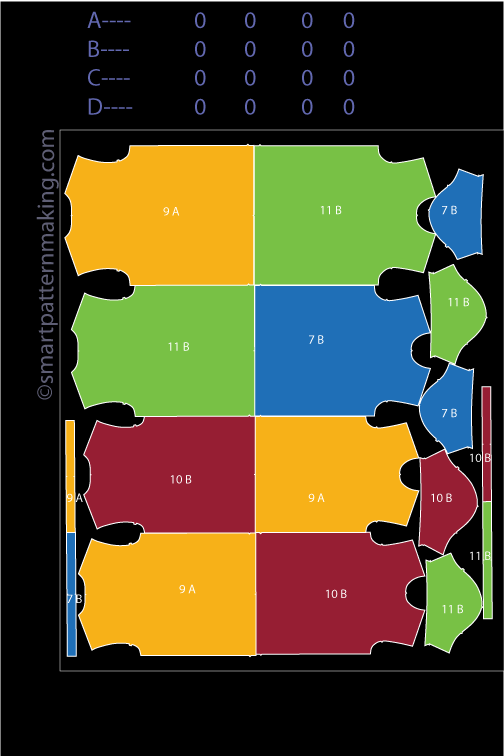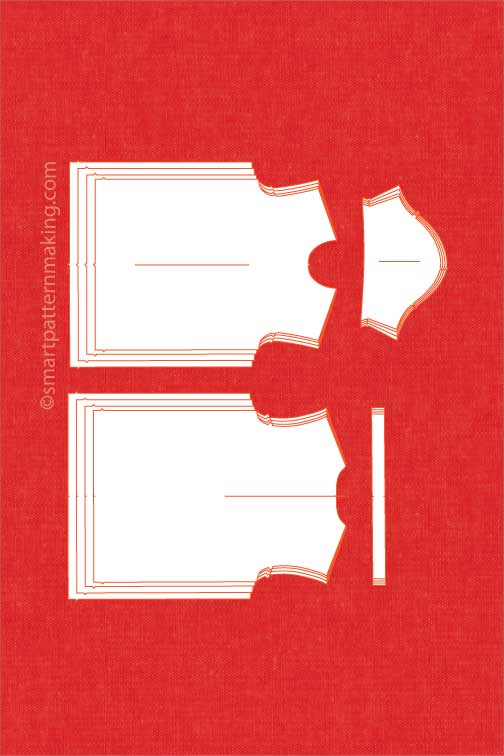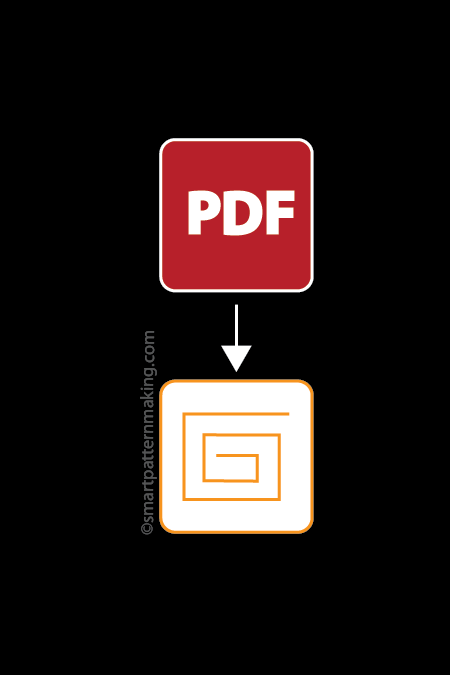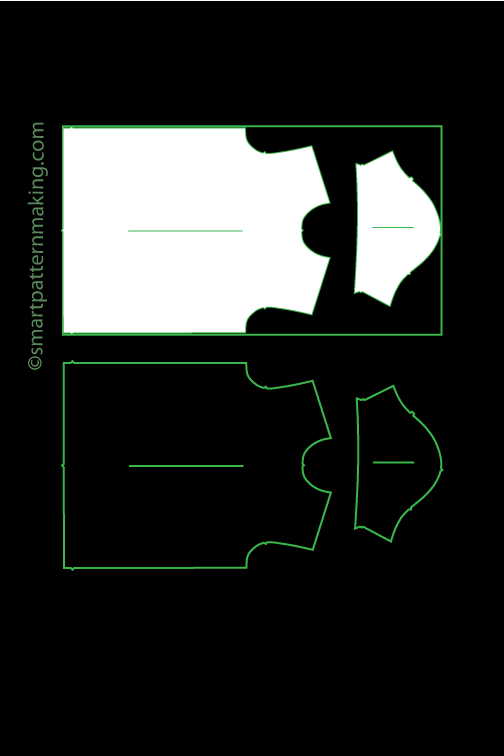What is Lycra: Understanding its Fabric Properties
Lycra, also known as elastane, is a synthetic fiber renowned for its exceptional elasticity. Key properties include:
- Elasticity: Lycra can stretch up to five times its original length, offering unmatched flexibility.
- Durability: The fiber is highly resistant to wear and tear, maintaining its shape over time.
- Moisture-Wicking: Lycra wicks moisture away from the skin, keeping the wearer dry and comfortable.
- Breathability: It allows air circulation, reducing the risk of overheating.
For more details, visit LYCRA® - What is LYCRA® Fiber? (LYCRA) (LYCRA).

Difference Between Lycra and Spandex: Key Insights
Although Lycra and Spandex are often used interchangeably, they have distinctions:
- Lycra: A brand name by DuPont, specifically for their spandex fiber.
- Spandex: A generic term used primarily in the USA.
- Elastane: The international term for the same material.
Comparison Chart:
| Property | Lycra (DuPont) | Spandex (Generic) | Elastane (International) |
|---|---|---|---|
| Elasticity | High | High | High |
| Brand Recognition | Strong | Variable | Variable |
| Usage | Apparel, Sportswear | Apparel, Sportswear | Apparel, Sportswear |
Learn more about the differences at LYCRA® - What is LYCRA® Fiber? (LYCRA) (LYCRA).
How the Lycra Fiber is Made: The Manufacturing Process
- Polymerization: Creation of the polymer through a chemical process.
- Extrusion: Forming the fibers from the polymer.
- Spinning: Stretching the fibers to enhance elasticity.
- Finishing: Applying coatings to improve fiber properties.
Pros and Cons of Lycra Manufacturing:
-
Pros:
- High elasticity and comfort.
- Durable and long-lasting.
-
Cons:
- Synthetic, not biodegradable.
- Complex production process.
For more information, check The LYCRA Company (LYCRA).
Where is Lycra Used: Applications in Apparel and Sportswear
Lycra is versatile and widely used in various clothing items:
- Sportswear: Enhances performance by providing flexibility and comfort.
- Swimwear: Offers a snug fit and retains shape even when wet.
- Shapewear: Provides body contouring and a smooth silhouette.
- Leggings and Dancewear: Allows for a full range of motion while maintaining durability.
For additional insights, visit LYCRA Applications (LYCRA).
Lycra in USA Fashion: Comfort and Style
Lycra has become a staple in the USA fashion industry:
- Denim: Adds stretch to jeans for a better fit and comfort.
- Activewear: Integral in yoga pants and athletic apparel for flexibility.
- Everyday Wear: Incorporated into casual wear for enhanced comfort.
Pros:
- Improves fit and comfort across various clothing styles.
- Versatile and adaptable to different designs.
Cons:
- Can be more expensive than non-stretch fabrics.
Explore more at Lycra in Fashion (LYCRA).
Related Articles You Want To Know More About:
Part 1: Understanding Lycra and Spandex: Comfort, Flexibility, and Fashion

